Sustainability Plans and Municipalities

Balancing economic growth with sustainable development is a challenge for both large and small municipalities.
What Does it Take to Develop an Effective Sustainability Plan?

A local government that develops a comprehensive and effective sustainability plan shows that it is committed to preserving the environment while developing sustainability strategies for the local community.
Water Stewardship: Charting the Next Frontier on Sustainability
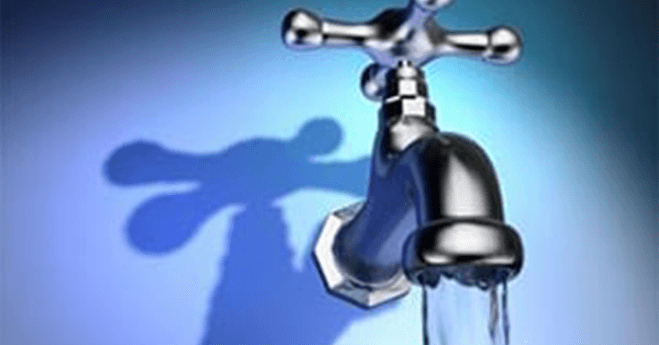
The last few years have brought an understanding of the imminent pressure of water-related risks to businesses around the globe. Policy-makers and non-government organizations (NGOs) are also realizing the global concern of water-related risks as rising population counts, accompanied by the economic growth of emerging markets, continue to trigger the growing demand for potable water and food.
Eating it in the Climate World
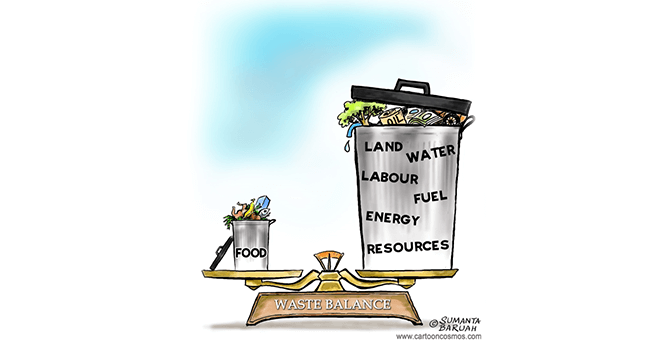
The drums have long been beating about climate change. Most of us have repeatedly heard the message of how every person can reduce their contribution to greenhouse gases through transportation and energy efficiency.
Protected Areas as Mirrors of Sustainable Development

The integration of the needs of a pristine environment with the demands of modern society for land, water and energy are coming into conflict in an area where the beginnings of preservation ethic in this country began.
‘Tis the Season…To Start Hibernating!

Did you know? Many animals hibernate through the winter to make the most out of scarce resources and survive the cold weather. While most people associate hibernating with bears, other small animals such as bats also hibernate through the winter months. Another misconception is that hibernating animals sleep solidly throughout their entire hibernation period. In some bat species, particularly in temperate-zone bats, hibernation occurs in cycles with periods of rest and periods of consciousness. This blog post will shed light onto the hidden world of the hibernating bats — how they survive even with very limited resources and how they endure the cold weather.
Bats and White-Nose Syndrome: How YOU Can Make a Difference
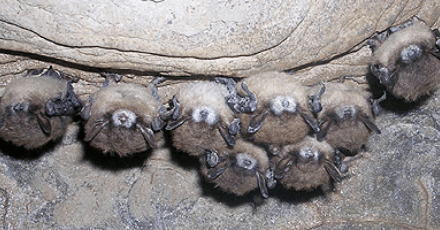
Did you know? White-Nose Syndrome (WNS) has affected approximately 5.7 million bats since its discovery in 2006. WNS is caused by a fungus (Pseudogymnoascus destructans), that grows on the nose (and sometimes wings, ears, and tails) of hibernating bats. This relatively new disease is still unknown to many people. Increasing people’s awareness of WNS is the first step to combating the deadly disease that is running rampant throughout the eastern United States and Canada. Read on to find out how YOU can make a difference to help protect nature’s furry little pest exterminators.
CDP: Standing Out among other Sustainability Consultants

Many businesses know the principle of “majority rules” – a decision rule where 50% plus 1 of an organized group is able to affect an outcome to their favor. Accordingly, in a recent GreenBiz Intelligence Panel survey, the majority of the group rated CDP as the most credible and important. Moreover, the work done by CDP has been unanimously identified as the most helpful and beneficial among other reporting frameworks. Receiving 67% of respondents’ nod, they all agreed that when it comes to sustainability reporting frameworks, CDP is simply one of the most valued.
Archaeological Surveys: The Mystery Behind Bedrock Mortars
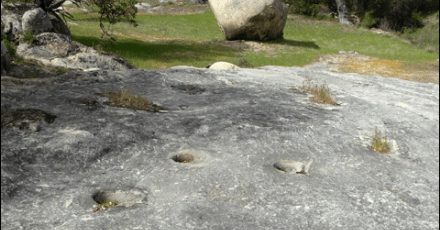
Several months ago I released a blog covering the findings of FirstCarbon Solutions’ (FCS) archaeological staff during a survey of over 1,000 acres in the Poso Creek area northeast of Bakersfield, California. One of the things that impressed me the most about the area was the discovery of many prehistoric sites exhibiting numerous ground bedrock holes and dish-shaped depressions.The bedrock mortar, also known as a BRM, is one of the more common features found at prehistoric sites in California.
What do you Mean I Missed the Survey Season?: CEQA Planning
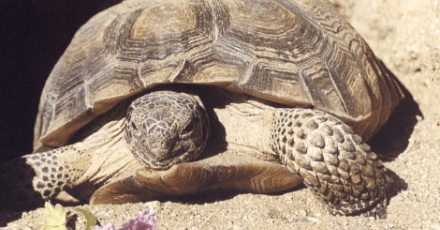
CEQA and Paleontological Assessments

Paleontological finds (dinosaurs, sabertooth cats, mammoth and mastodon) regularly make the news across the country when discovered. Many are fascinated by the large “scary” creatures of Jurassic Park fame and other movies where these large creatures “feast” on people. Paleontology certainly varies from area to area on what is found and there are specialists in every imaginable kind of fossil.
Educating the Next Generation of Environmental Sustainability Experts
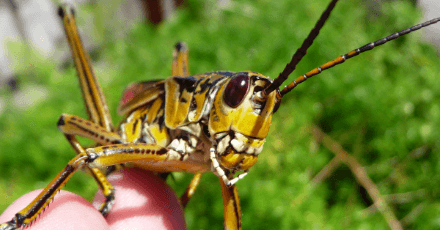
A Global Perspective on Sustainability Initiatives (Part 2)

For sustainability to happen in the modern sense of the world, the idea of cultural distinctions to maintain their ideas must shift to a world-wide view.
California’s New Water Resources Management Plan
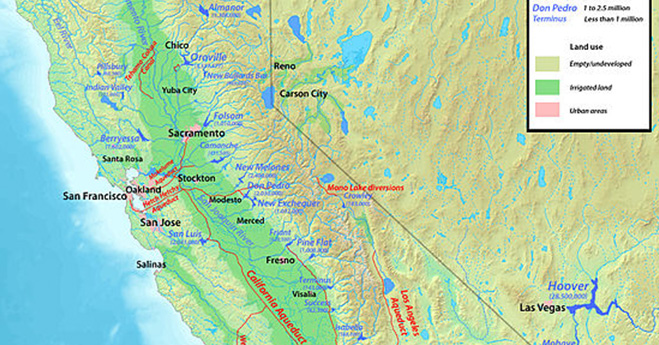
The transfer of water to meet the demands of various populations in different geographical areas is not a new concept. The ancient Romans built aqueducts to supply water for public baths and drinking. In more recent times, New York City is supplied by a web of tunnels and pipes that stretch 125 miles north into the Catskills Mountains. Due to the accelerated pace of population growth and an increase in the amount of water each person uses, the need to convey water to meet this increase in demands suggests that the need for conveyance will persist.
Sensitive Species Investigations: Are Bats Really Blind? (Part 2)

Sensitive Species Investigations: Are Bats Really Blind? (Part 1)

Did you know? Bats are not blind. In fact, they see very well. However, their sense of hearing is so well developed and adapted for processing a large amount of data that they prefer to navigate with their ears.
Bats and Wind Energy Management – 3 Things You Should Know
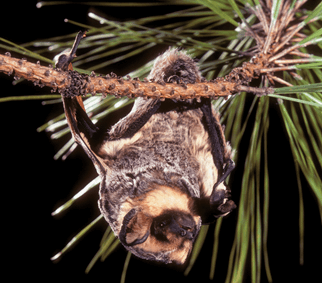
Did you know? Bats are as equally susceptible to impacts related to renewable energy development as birds and other wildlife species? In fact, the California Energy Commission has published the “California Guidelines for Reducing Impacts Birds and Bats from Wind Energy Development” to help reduce potential project impacts to birds and bats. Recently, awareness has grown for potential […]
U.S. Fish and Wildlife Service Proposes Delisting Valley Elderberry Longhorn Beetle
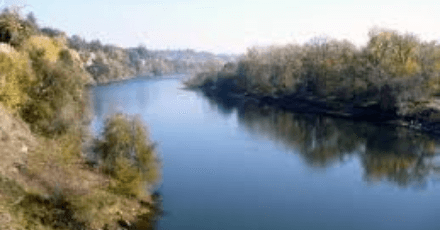
For more than 30 years, the valley elderberry longhorn beetle (VELB; Desmocerus californicus dimorphus) has been listed under the Federal Endangered Species Act (FESA) as a threatened species. Signed into law by Richard Nixon in 1973, FESA was designed to protect critically imperiled species from extinction as a “consequence of economic growth and development untempered by adequate concern and conservation” ESA; Title 7 of the United States Code § 136, Title 16 of the United States Code § 1531 et seq. Under FESA, species identified as “threatened” are species which are likely to become an endangered within the foreseeable future throughout all or a significant portion of its range.
American Antiquities Act of 1906 and the Legacy of Theodore Roosevelt

The beginnings of the Antiquities act, and the role of Roosevelt in the foundation of cultural resources management and preservation within the US.
DACH Region Announces Investor Scores for Carbon Emissions

The good news upfront: the majority of companies from the DACH region today recognize the business case for evaluating, reporting and managing issues related to carbon emissions reduction. 69% of all 184 responding companies have received a CDP Carbon Disclosure Score above 50 in 2012, meaning they not only provide more than half of the data required to manage climate change, but also enough information to be judged on their actual climate protection performance (CDP Carbon Performance Band).
Assessing the Environmental Impacts and Human Effects on Bats
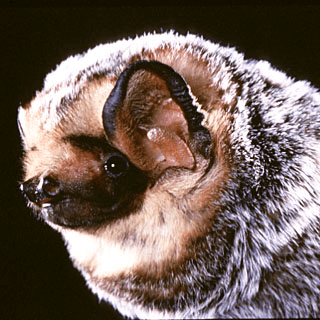
Don’t know much about bats? Read more to learn about their importance, their habitat, and what you should do if you encounter one.
Achieving Environmental Water Management Efficiency
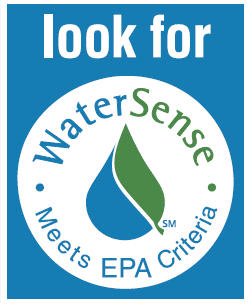
Although approximately 70% of the Earth’s surface is covered by water, less than 1% is available for human use. Since 2006, the EPA’s WaterSense Program has helped consumers and businesses save a cumulative 287 billion gallons of water and over $4.7 billion in water and energy bills. EPA’s WaterSense Program promotes and enhances the market for water-efficient products and services, and educates homeowners, businesses, landscapers and others. WaterSense also develops performance criteria for water efficient products and services.